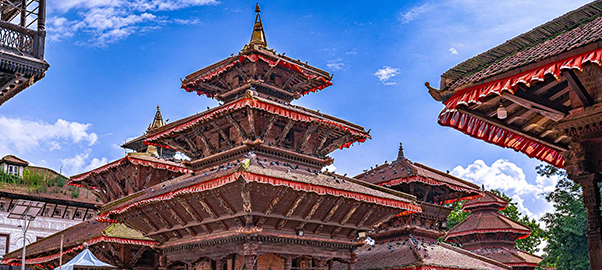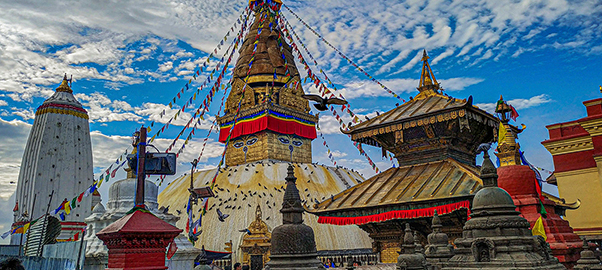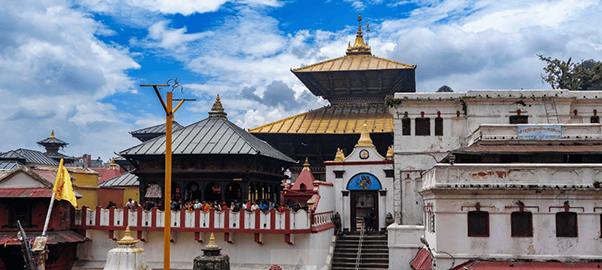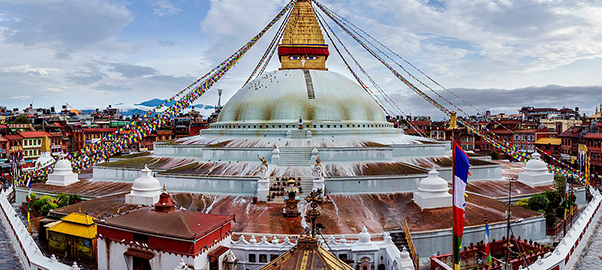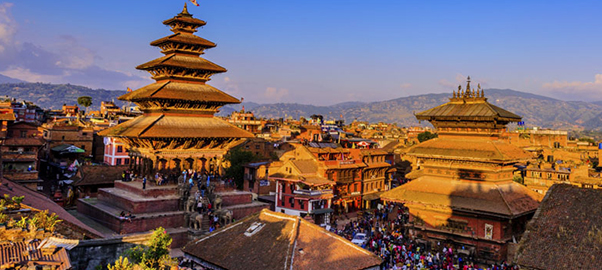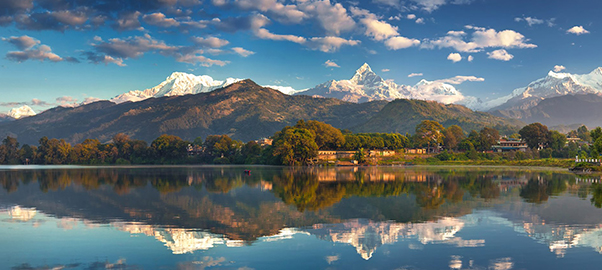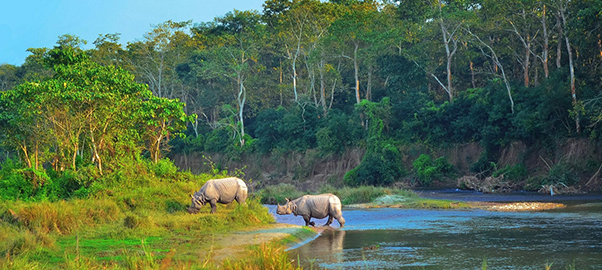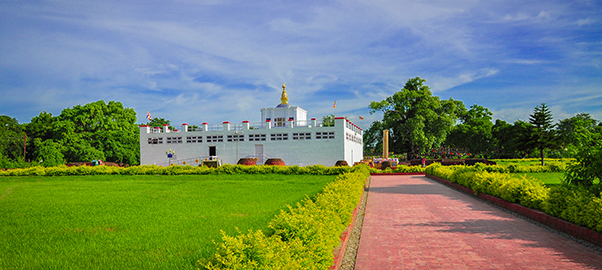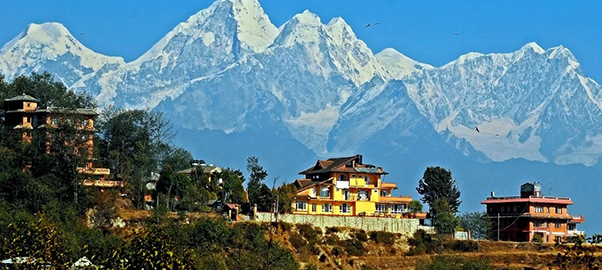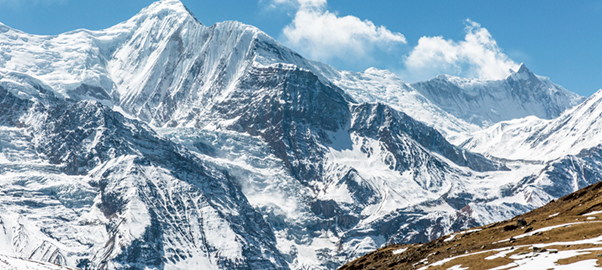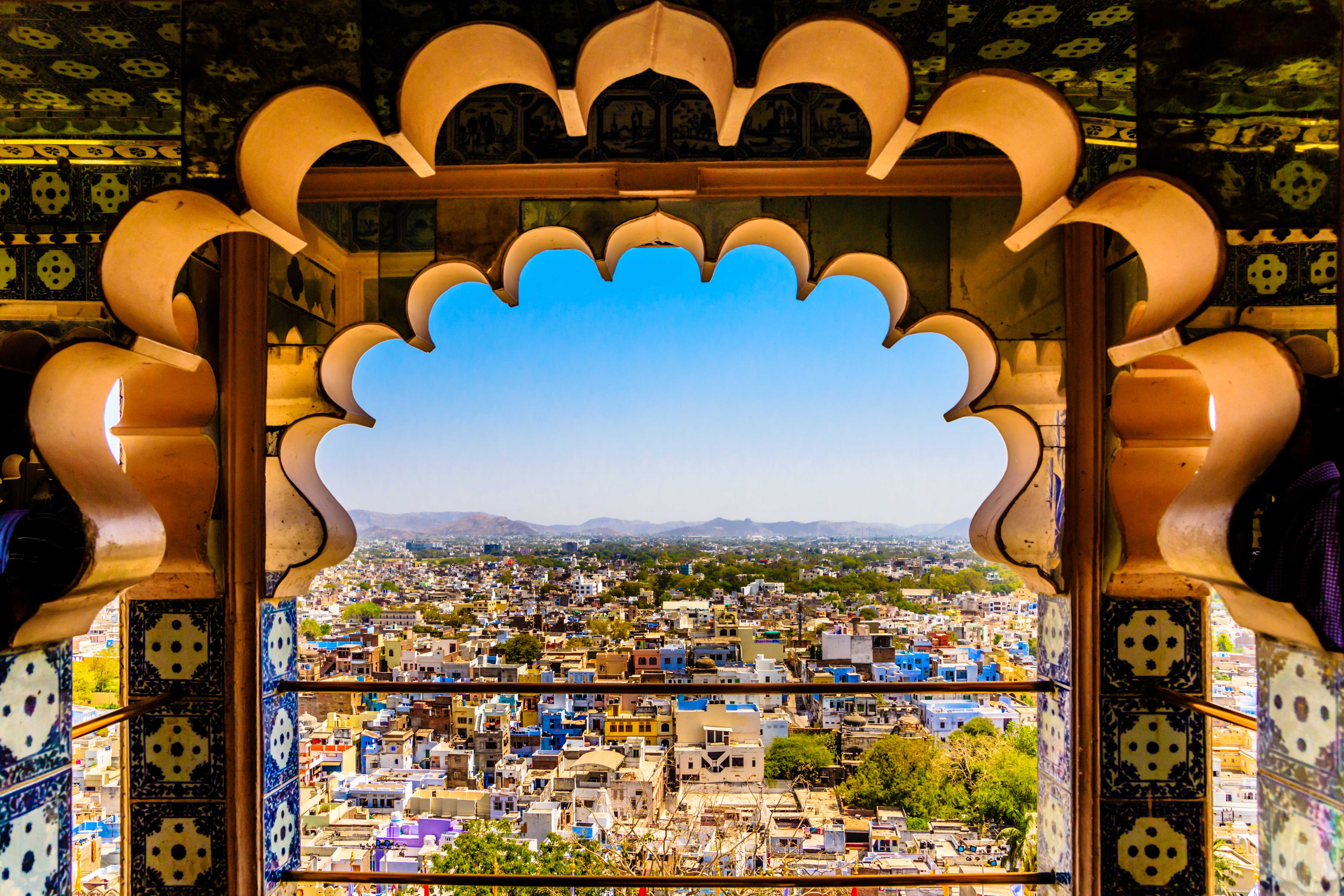A Word About the Founder of Nepal
Mythical Beginnings and Historical DevelopmentThe origins of Nepal are enveloped in myth and history, with its founding often attributed to the legendary figure, Manjushri. According to Nepalese mythology, Manjushri, a divine Bodhisattva, is said to have drained the primordial lake that once covered the Kathmandu Valley by slicing through the hills with his sword, creating the valley and making it habitable. This act laid the foundation for human settlement in the area.
Historically, the documented founding of the modern state of Nepal began with King Prithvi Narayan Shah, who unified the diverse kingdoms and principalities of the region in the 18th century. Born in 1723, Prithvi Narayan Shah was the King of Gorkha who envisioned a unified Nepal. He launched a series of military campaigns to annex the fragmented states, culminating in the conquest of the Kathmandu Valley in 1768, which led to the establishment of the Kingdom of Nepal.
Prithvi Narayan Shah’s unification efforts are seen as the cornerstone of modern Nepal. His vision and leadership transformed Nepal into a single, sovereign nation, laying the groundwork for its future development and cultural identity.
